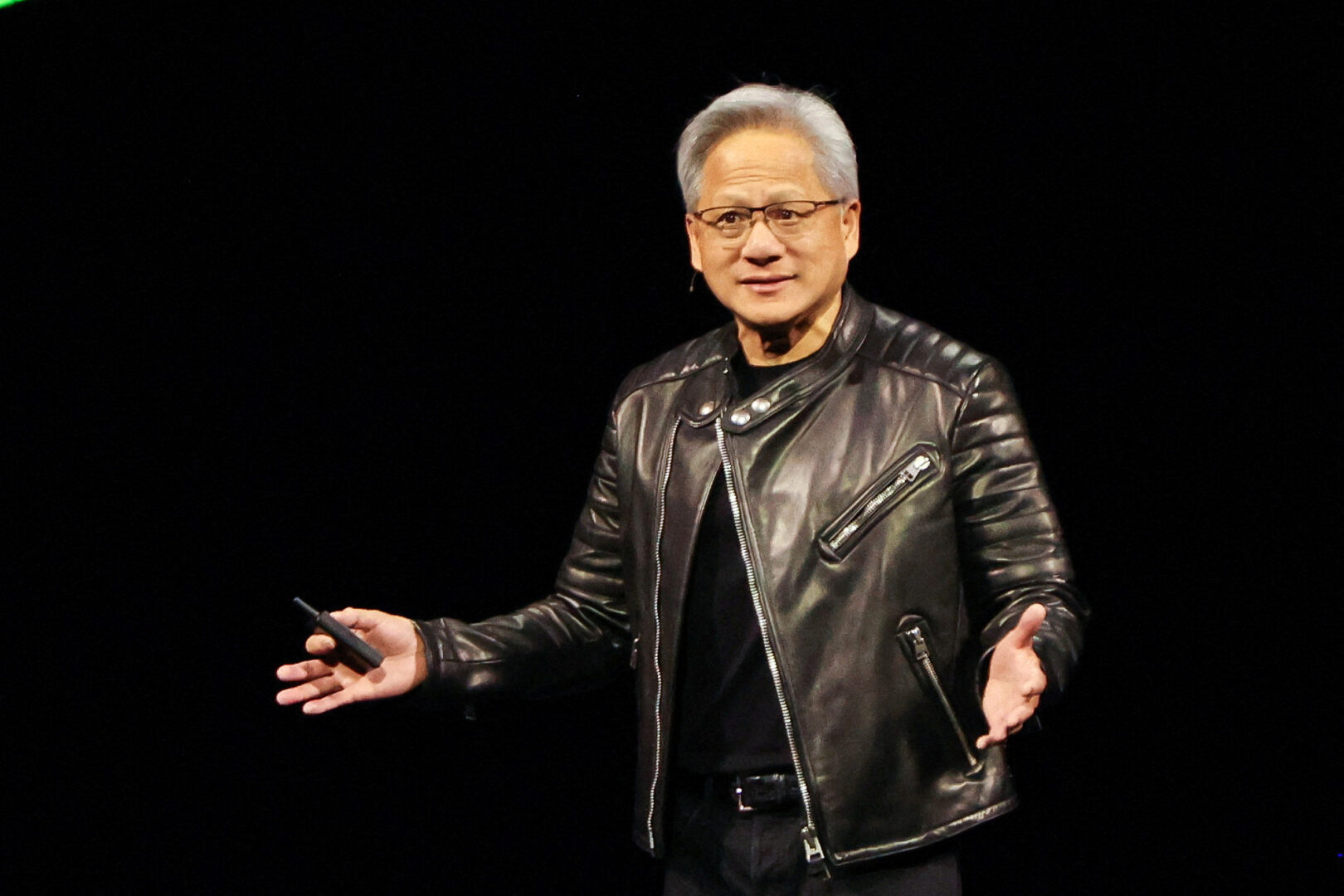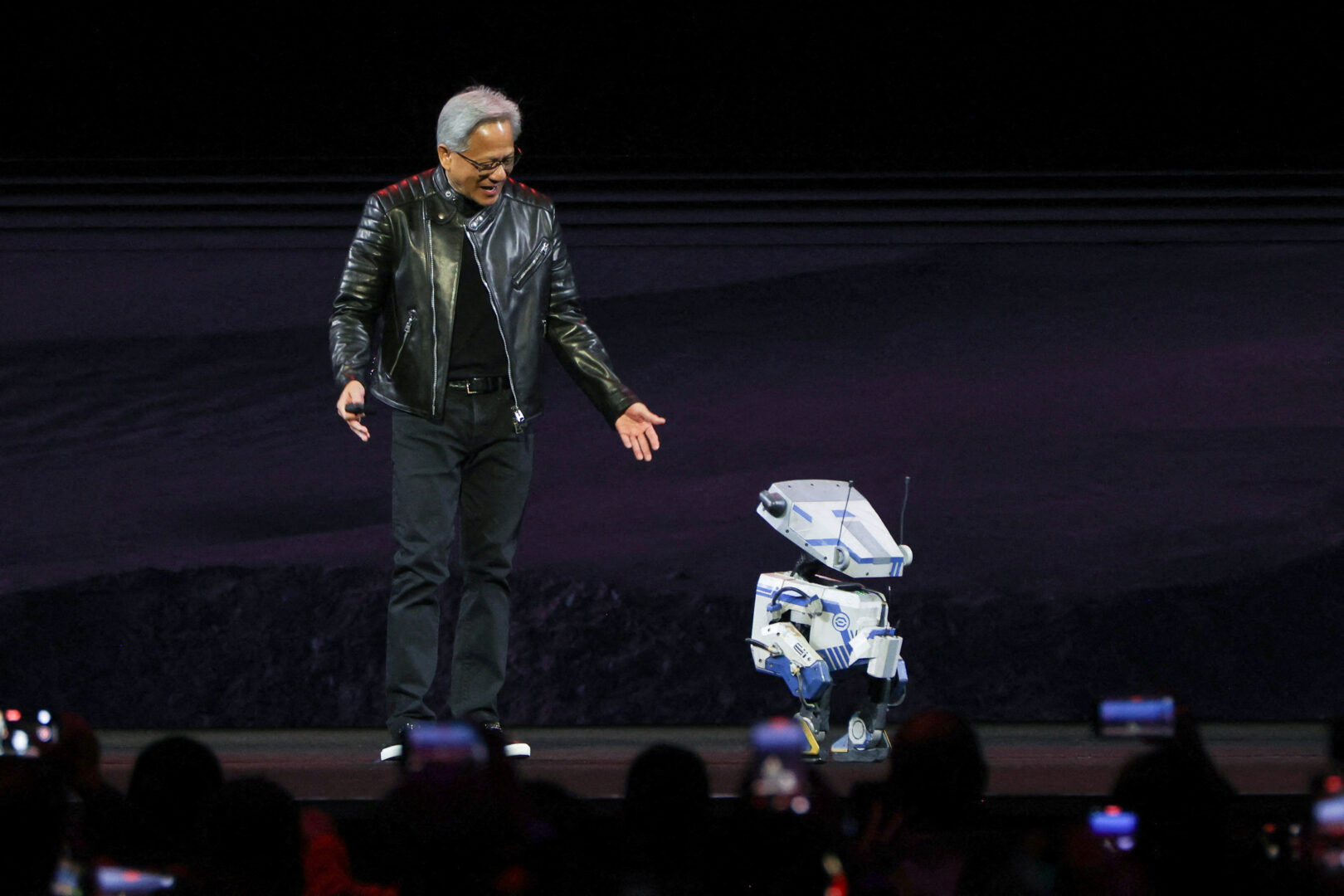GTC Expands as the Global Tech Stage
This week, the annual GPU Technology Conference (GTC), often called the “Super Bowl of tech,” was held in San Jose. Hosted by Nvidia, the event drew global attention with groundbreaking displays in artificial intelligence (AI), robotics, autonomous vehicles, and quantum computing.
Since its start in 2009, GTC has grown beyond graphics processing to become a key platform for showcasing future technologies. Nvidia CEO Jensen Huang noted that the event has shifted in tone and impact, reflecting the rapid pace of innovation and its far-reaching influence across industries.

AI is Now a Major Economic Driver
In this year’s keynote, Jensen Huang made it clear: AI is no longer just an emerging field — it is now central to revenue generation. Last year, the word “revenue” appeared once in his speech. This year, it was mentioned ten times.
Huang described Nvidia’s evolution into an AI infrastructure provider, with a focus on “AI factories” that produce intelligence. According to him, the strength of a company’s AI factory could soon determine its success, regardless of its industry.
He emphasised Nvidia’s role as the backbone of the AI ecosystem, saying, “Every industry is here. Every country is here. Every company is here,” underlining how foundational Nvidia has become in global innovation.

Rapid Advances in AI and Chip Performance at Nvidia
Nvidia’s upcoming chip architecture was a highlight, astonishing audiences with its performance potential. These advances have left developers and cloud providers rethinking what is possible — and what they must prepare for.
To support long-term planning, Nvidia revealed multiple chip generations ahead of time. Huang noted that, unlike in the past, AI infrastructure now involves investments of hundreds of billions. Proper planning, he said, is more critical than ever.
Robotics Gains Momentum but Remains in Development
Robotics took centre stage at the event, with demonstrations of autonomous machines and self-driving vehicles. Huang framed robotics as a response to labour shortages and a key part of real-world AI deployment.
Although many robots on display are still in early development, Nvidia aims to push the field forward. It introduced a new open-source reasoning model designed to help robots adapt to varying tasks and environments. This innovation could speed up progress toward building a robust robotics industry.
Rev Lebaredian, vice president of Omniverse and Simulation, said, “We can finally build an industry around it,” referring to the promising impact of the new model.

Quantum Computing Becomes a Key Focus at Nvidia
For the first time, Nvidia dedicated a full day to quantum computing. Just months ago, Huang himself predicted it would take 20 years for quantum tech to become useful. At GTC, he admitted he was wrong.
Quantum Day featured panels with leaders from companies like Microsoft, Google, Amazon Web Services, and others. They discussed the technology’s potential in drug discovery, encryption, and materials science.
While the field still faces technical challenges, momentum is clearly building. Huang concluded the session by hinting at live demos for next year’s conference, suggesting that quantum computing is quickly moving from theory to application.
with inputs from Reuters


